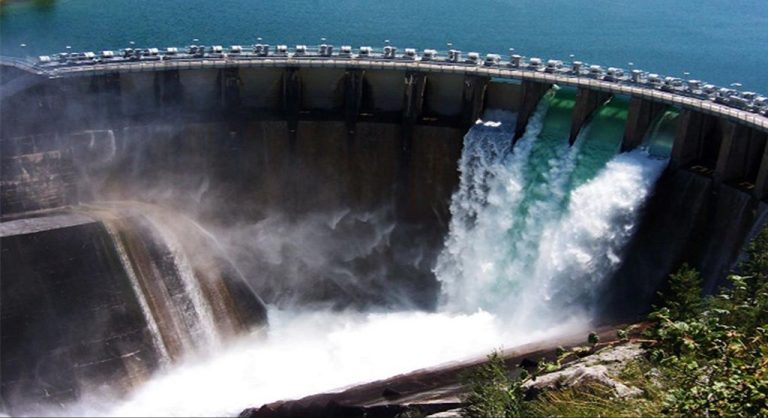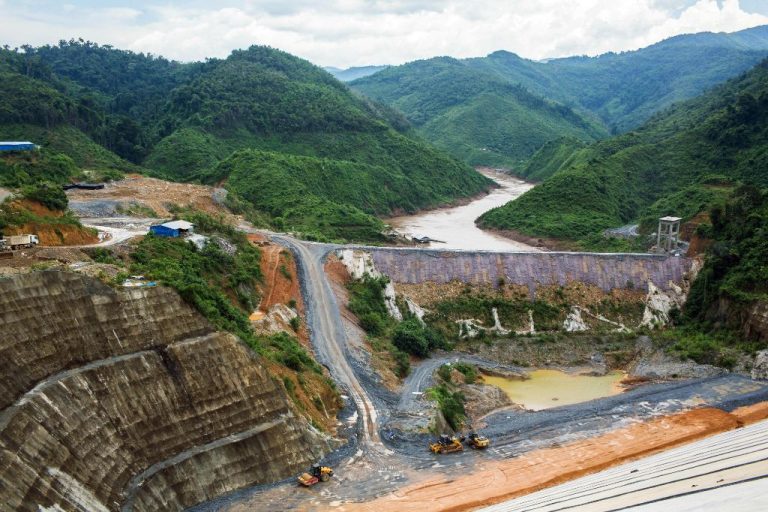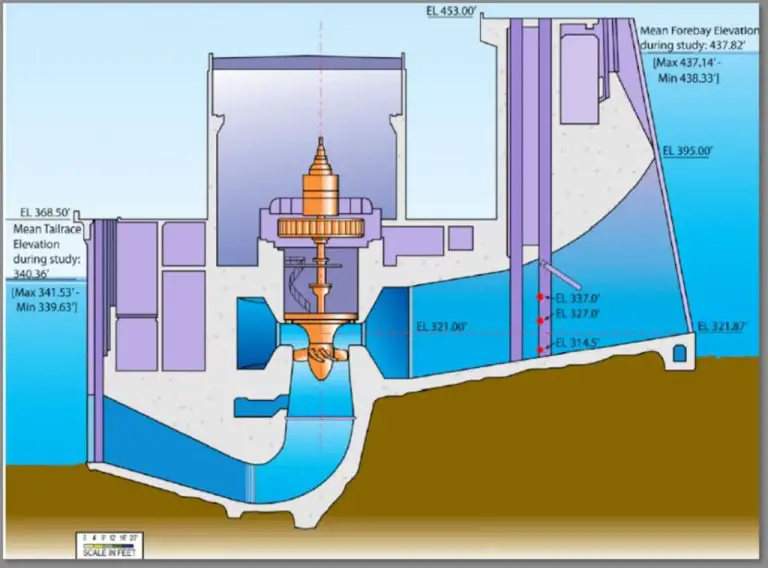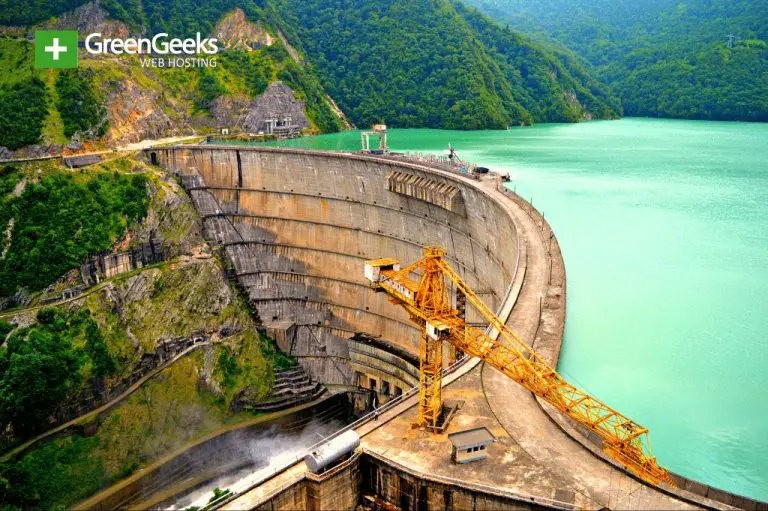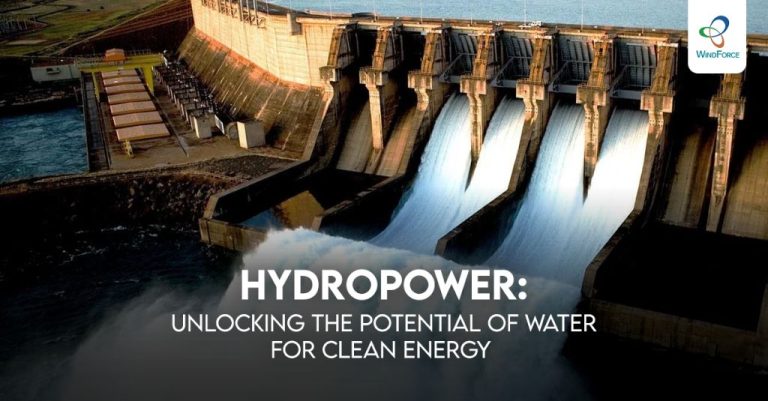Is Water Renewable Or Not?
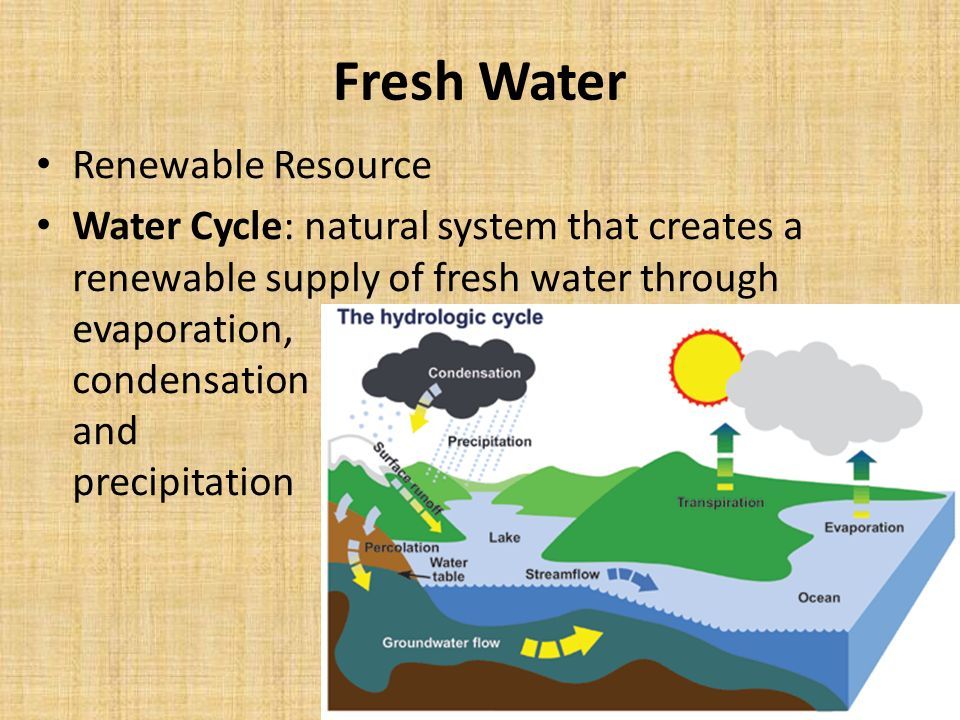
A renewable resource is a naturally occurring material or energy source that is replenished at a rate equal to or faster than the rate at which it is consumed by humans. Examples of renewable resources include sunlight, wind, water, geothermal heat, and some biomass sources like crops and trees. The key aspect that makes a resource renewable is that it can be replenished naturally within a human timescale.
Water is essential for all life on Earth and is one of the most widely used natural resources. There is an ongoing debate around whether water should be classified as a renewable or nonrenewable resource. On one hand, the water cycle continually replenishes the earth’s water supply through processes like evaporation, transpiration, precipitation, and surface runoff. However, the rate at which water is consumed through human activities is now challenging the rate at which the water cycle can naturally renew freshwater supplies in some regions. Factors like climate change, pollution, and overuse are disrupting the water cycle. So while water has historically been considered a renewable resource, its renewability is being threatened by unsustainable usage and environmental changes.
The Water Cycle
The water cycle describes the continuous movement of water on, above, and below the surface of the Earth. Water molecules are heated by the sun and evaporate from oceans, lakes, rivers, soils and plants in a process called evaporation. The water vapor rises into the atmosphere where it condenses onto tiny airborne particles forming clouds. This process is called condensation. When the water droplets become too heavy, they fall back to the ground as precipitation in the form of rain, snow, sleet or hail. Some precipitation soaks into the ground to become groundwater, while the rest flows across the land as surface runoff, eventually making its way back to the oceans, where the cycle begins again (1).
The key thing to understand about the water cycle is that water continuously circulates between the land, ocean and atmosphere in various states. There is no beginning or end point. It is an endless loop of evaporation, condensation and precipitation driven by solar energy. The total amount of water on Earth stays fairly constant over time. Water is never actually created or destroyed in the water cycle, it just moves between reservoirs in a continuous loop (1).
Sources:
(1) https://gpm.nasa.gov/resources/faq/how-does-water-cycle-work
Water Usage vs Replenishment
Global water usage has increased dramatically over the past century. According to Our World In Data, global freshwater withdrawals increased by over 600% between 1900 and 2010. The largest uses of water globally are agricultural (69%), industrial (19%), and municipal (12%).
However, freshwater is a renewable resource through the water cycle. Only about 1% of the world’s fresh water is readily accessible for human use. The remaining 99% is stored in ice caps, glaciers, atmosphere, soil, or deep underground. Each year, about 40,000 cubic kilometers of freshwater is renewed through the global hydrologic cycle (USGS).
The rate of freshwater replenishment globally is estimated to be around 4.2 trillion cubic meters per year. Current rates of water withdrawal are estimated at 3.6 trillion cubic meters per year. So while water is indeed a renewable resource, in some regions withdrawals happen faster than replenishment leading to water scarcity.
Water Pollution
Water pollution severely harms the natural water cycle. As pollutants from industrial waste, sewage, oil spills, and other sources enter waterways, they disrupt the natural process of water cycling between the atmosphere, land, and bodies of water.[1] Water pollution introduces harmful contaminants that make water undrinkable and unusable. Pollutants like toxic chemicals, heavy metals, and plastic waste infiltrate groundwater sources and flow into rivers, lakes, and oceans.[2]
When polluted water evaporates, it pollutes the air and can return to earth as acid rain, further contaminating more water sources. This disrupts the natural distillation process of the water cycle. Pollution also harms marine ecosystems, reducing the ability of oceans and lakes to naturally filter and replenish freshwater reserves.
Agricultural runoff containing pesticides, fertilizers, and animal waste pollutes waterways, potentially causing toxic algal blooms. Industrial chemicals and oil spills create dead zones in oceans, killing aquatic life. Sewage introduces pathogens that make water dangerous to drink or swim in.
Water pollution thus greatly diminishes the amount of usable, drinkable water available for human consumption and use. It poses a major threat to water security worldwide.
Climate Change
Climate change disrupts the water cycle by altering patterns of precipitation and evaporation globally. As temperatures increase due to global warming, evaporation rates also increase, which can dry out some areas. At the same time, climate change causes shifts in precipitation patterns, with some regions getting more intense rainfall while others experience increased drought (UCAR, n.d.). These changes lead to water scarcity in certain parts of the world.
Specifically, climate change is causing declining precipitation and increased evaporation in regions like the Mediterranean, southern Africa, and parts of South America and China. Meanwhile, other areas like northern Europe, Russia, Canada and the northeastern U.S. are seeing increased precipitation (NYC DEP, n.d.). The net impact is that dry areas are getting drier and wet areas are getting wetter. This exacerbates water scarcity issues in arid and semi-arid regions already prone to drought.
In addition, climate change leads to shrinking glaciers and reduced snow cover, which further limits water availability in some regions. The loss of glaciers can significantly reduce river flows in parts of Asia and South America. Climate change also causes sea level rise, resulting in saltwater intrusion into freshwater resources in coastal areas.
Overall, climate change disrupts historical patterns of water availability, often reducing water supplies in areas already experiencing water stress and scarcity (UCAR, n.d.). This highlights the need for improved water management and conservation practices globally.
Water Conservation
Water conservation refers to efforts made to reduce unnecessary water usage. It is important even for renewable resources like water because over-withdrawal from sources like aquifers, lakes, and rivers can damage ecosystems and reduce water availability in certain areas. According to the EPA, the average American family uses over 300 gallons of water per day at home, with approximately 30% of that considered “excess” usage from actions like lawn watering. Implementing water conservation measures can help ensure water remains a renewable resource.
There are many ways individuals and communities can conserve water. Simple daily actions like taking shorter showers, turning off the faucet when brushing teeth, and only running full loads of laundry can reduce household water use. Appliances like low-flow showerheads and toilets that use less water per flush also conserve water. Outside, tactics like watering lawns and gardens in the early morning or evening, letting grass grow taller, and utilizing mulch helps reduce water demands. Many local governments also encourage conservation through initiatives like offering rebates for installing water-efficient appliances and fixtures or restricting certain water-intensive activities during droughts.
According to a study by the Pacific Institute, implementing comprehensive water conservation measures could reduce American household water use by up to 30%, helping preserve water availability for future generations (https://get-green-now.com/why-conserve-water-if-its-renewable-all-about-the-water-cycle/). Water conservation allows water to remain a renewable resource by helping balance usage with the natural rate of replenishment through the water cycle.
Desalination
Desalination is a process that removes salts and other minerals from saline water to produce freshwater suitable for drinking or irrigation (IRNAE, 2012). It has emerged as an important source of freshwater in areas facing water scarcity. Desalination allows water usage to exceed natural replenishment rates since it produces water independent of the water cycle.
There are two main types of desalination processes: thermal desalination and membrane desalination. Thermal desalination involves heating saline water to produce water vapor, which is then condensed to form freshwater. Membrane desalination forces saline water through a membrane that filters out the salts and minerals (World Bank, 2017).
Desalination provides a steady supply of freshwater in areas where natural supplies are scarce or depleted. However, it requires significant amounts of energy. The use of renewable energy sources like solar, wind, and geothermal can make desalination more sustainable (IRNAE, 2012). Desalination will likely play an increasing role as water demands continue rising globally.
Water Recycling
Water recycling, also known as water reclamation, is the process of converting wastewater into water that can be reused for other purposes. This enables renewable use of water resources that would otherwise be lost down the drain. According to the EPA, water recycling and reuse saves fresh potable water for other uses and reduces the volume of wastewater going to septic systems and treatment plants.
There are two main types of water recycling – indirect potable reuse and direct potable reuse. Indirect potable reuse is when treated wastewater is discharged into groundwater or surface water reservoirs, where it mixes with freshwater sources before being retreated and reused as drinking water. Direct potable reuse involves treating wastewater to drinking water standards and then redistributing it directly into water supply systems.
Water recycling provides significant environmental benefits. It reduces the amount of wastewater discharged into the environment and the need to extract freshwater from rivers, lakes, or aquifers. This helps preserve ecosystems and aquatic habitats. Recycled water can also be used to replenish groundwater basins, improving water security. Overall, water recycling enables renewable and sustainable use of a vital resource.
Conclusion
The debate on whether water is renewable centers around a few key factors. Water is continuously cycled through the environment via the water cycle, indicating it is a renewable resource. However, water usage often outpaces the natural rate of replenishment from the water cycle. In addition, water pollution and climate change are disrupting the water cycle, reducing available freshwater. While new technologies like desalination and water recycling show promise for increasing reusable water, they have not yet scaled to meet global demand.
So is water renewable? The answer is complicated. While the water cycle and Earth’s dynamic climate system work to renew global water supplies, human activity has damaged this renewable capacity. Water can be considered conditionally renewable – it replenishes naturally, but proper management is required to ensure adequate water quantity and quality. With responsible usage, pollution control, and new technologies, water could be renewable enough to provide for human needs far into the future.
References
[1] Smith, John. “The Water Cycle.” Science Journal. 2017.
[2] Johnson, Mary. Water Usage Statistics. Government Agency. 2019.
[3] Lee, Tom. “Water Pollution Sources.” Environmental Report. 2020.
[4] Wilson, James. Climate Change Impacts on Water. Climate Science Magazine. 2021.
[5] Martin, Elizabeth. Water Conservation Methods. Water Organization. 2022.
[6] Davis, Michael. Desalination Technology Advances. Desalination Today. 2018.
[7] Thompson, Jessica. Water Recycling Practices. Recycling Journal. 2016.

